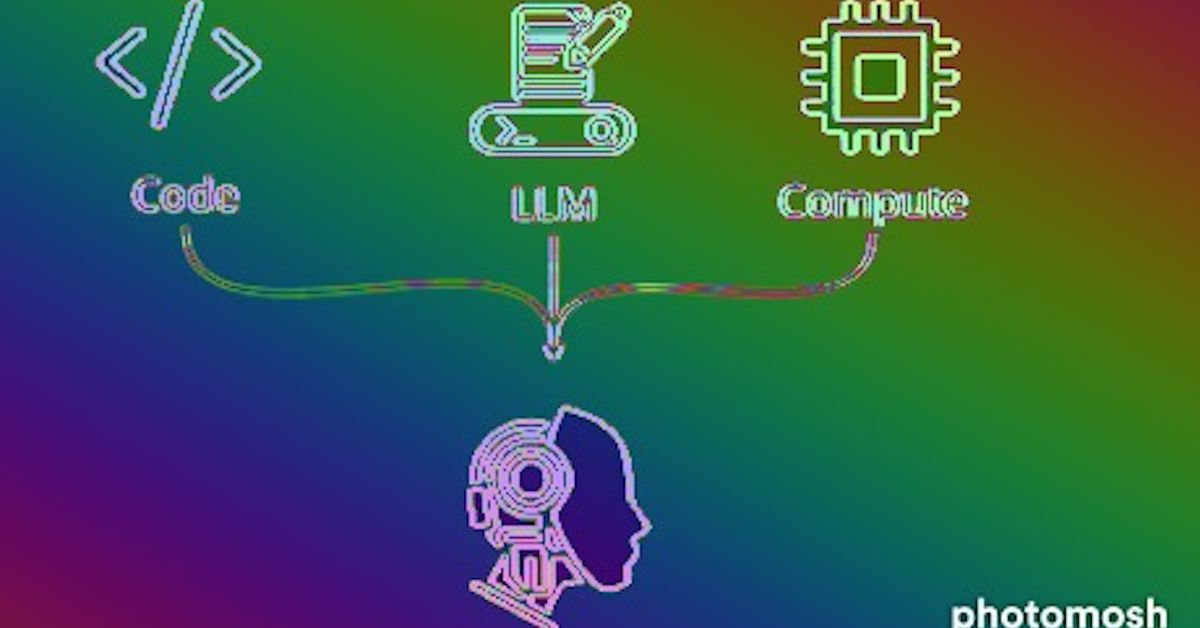Digibyte (DGB) is a decentralized cryptocurrency with an emphasis on security. Digibyte is the most secure and longest UTXO blockchain. There will be 21 billion DGB generated in all, with the final one mined in the year 2035. We will look at what makes the DGB blockchain in the sections below.
What is DigiByte?
DigiByte is a cryptocurrency that prioritizes security and scalability in order to compete with prominent cryptocurrencies like XRP and Litecoin.
Its platform also includes capabilities that allow users to create content, run apps, and employ digital identities. Furthermore, its protocol is designed to make use of diverse mining techniques while enforcing a monetary policy based on a maximum supply of 21 billion DGB coins.
However, consumers are likely to encounter features of DigiByte that are duplicated in other cryptocurrency platforms. For instance, DigiByte’s cryptocurrency, DGB, is used to pay fees to individuals who assist run the network, as well as to process payments and power smart contracts.
DigiByte: roots and history
DigiByte was founded by Jared Tate, commonly known as “DigiMan,” who supervised its evolution from conception to present configuration until announcing his temporary retirement in May 2020.
Tate has now returned, and as of September 2020, he looks to be actively involved in DigiByte’s expansion once more.
According to Tate’s profile, he became involved with Bitcoin in 2012 and wrote Blockchain 2035: The Digital DNA of Internet 3.0, the first book written by a blockchain developer.
The DigiByte Foundation, a volunteer group, entrusted with supervising the project’s preservation, is also crucial to the project’s functioning. The DigiByte Awareness Team, a third group of volunteers, is in charge of marketing and promotional efforts.
How does DigiByte work?
DigiByte has many of the same characteristics as other cryptocurrencies, allowing users to send and receive DGB tokens in irreversible and permissionless transactions anywhere over the world.
Additionally, the network’s software users may utilize its bespoke smart contract suite to create decentralized applications (dapps) for consumers.
The DigiByte blockchain is divided into numerous levels to fulfill its many goals. The first level is the Application Layer which is the user-facing layer that allows anybody to utilize DigiByte’s dapps and interact with DGB, the company’s cryptocurrency. Another level is the Consensus Layer which is the layer that records transactions and allows miners to control the release of fresh DGB currency. Finally, the Network Layer, which is the blockchain’s most fundamental layer, defines the communication and operation protocols for all devices that execute the program.
DigiByte employs a Proof-of-Work (PoW) consensus method similar to Bitcoin to keep its network in sync.
DigiByte’s PoW variation is used by computers running DigiByte’s software to protect the network, validate transactions, and earn newly coined DGB, similar to most processes.
Unlike Bitcoin mining, where specialist hardware is required to become a miner, DigiByte mining can be done on consumer-grade technology, allowing a broader audience to participate in its network.
Over the years, the DigiByte team has changed its software multiple times.
Digibyte now allows developers to construct customizable crypto assets dubbed Digiassets on its blockchain, which can represent everything from traditional financial assets like stocks or gold to legal documents (such as notarized documents or land deeds).
Digi-ID is an application authentication mechanism that eliminates the requirement of usernames and passwords. According to the DigiByte team, this ID system can communicate encrypted data with applications without disclosing any personally-identifying information.
The DigiByte network is maintained and operated with the support of the DGB coin.
DGB, for instance, is utilized by the network to run the decentralized applications (dapps) created on top of its blockchain, and users who possess DGB can freely engage in these applications.
In addition, each block generates additional DGB tokens, which are intended to reward individuals that consume energy and contribute transaction blocks to the DigiByte network.
DGB is a rare asset, similar to Bitcoin. Every month, the quantity of DGB produced in each block is lowered by 1% until the network’s entire supply of 21 billion tokens is reached.
Why choose DigiByte?
DigiByte is a Bitcoin variant that tries to broaden the security, speed, and capacity capabilities.
It began as an open-source blockchain with a corresponding coin, DGB. Five different algorithms are used in the network to preserve security and prevent ASIC miners from gaining too much power.
DigiAssets debuted with DGB as its native token. DigiAssets is aimed at developers who want to create digital assets, decentralized apps (DApps), and the smart contracts that go with them.
All of DigiByte’s governance structures are administered on a volunteer basis, in keeping with the network’s concept of being open source and publicly available. Miners are paid transaction fees in DGB in exchange for verifying the blockchain.





